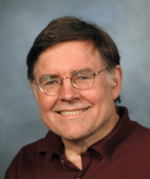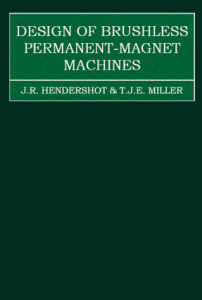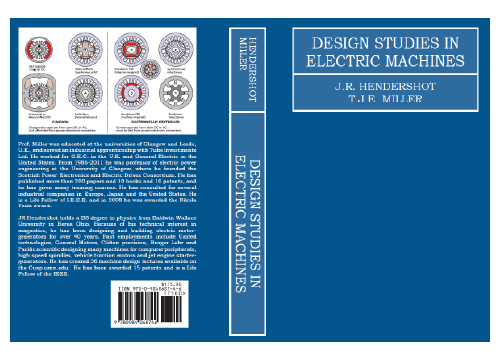An engineer's diary
- Sort condition
- Newest first
- Oldest first
- Large number of views
-

[No. 58] Maxwell
Almost exactly 10 years ago I made a ‘pilgrimage’ to visit the grave of James Clerk Maxwell at Parton Kirk in Dumfries and Galloway in the south-west of Scotland.
-
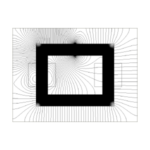
[No. 57] L and Linkage and Leakage
Readers may have noticed that Engineer’s Diary has been trying to follow the alphabet in selecting monthly topics, and some letters provide more ideas than others.
-
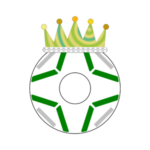
[No. 56] Lèse-Majesté
It is easy to imagine the IPM (interior permanent-magnet motor) as the monarch of electric motors. Indeed to question its supremacy could be said to be lèse-majesté.
-

[No. 55] L : Library
A personal library can be a valuable asset. Before the internet, it was usually the first ‘port of call’, the first available source of reference material on engineering theory an…
-
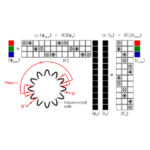
[No. 54] K : Kron
Last month the letter K failed to provide a ready supply of suitable electrical engineering topics for the Diary, so we borrowed the German term Kennlinie.
-
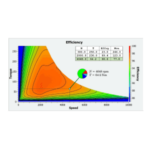
[No. 53] K : Kennlinie, ken-lines, and cissoids
Progressing through the alphabet of electrical engineering topics, we come to the letter K, and for this Diary I have to say I had some difficulty finding a suitable topic beginni…
-
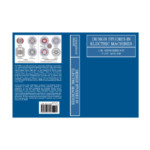
[No. 52] JMAG goes to work
This new book is written for engineers concerned with the design and development of electric machines.
-
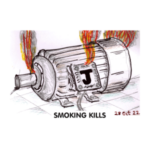
[No. 51] Current-density J
Next in alphabetic sequence is J — which could stand for 'JMAG' or 'JAPAN', but instead let us think of J as the common symbol for current-density. Sometimes when I think about c…
-
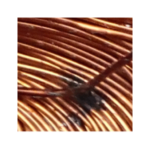
[No. 50] Insulation
In this series of Engineer’s Diary, the topics are selected by following the letters of the alphabet, giving an almost random walk through the field of electrical engineering. ‘I’…
-
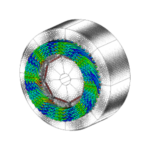
[No. 49] Hair-pin winding
The hair-pin winding has become prominent in drive-train motors for electric and hybrid vehicles, with many creative examples in manufacturing. Although ‘push-through’ hair-pin co…
-
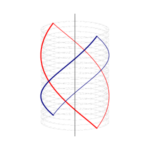
[No. 48] Helical winding
The helical winding (Figs. 1 and 2) was originally examined as a candidate air-gap winding for large 2-pole superconducting alternators at International Research and Development C…
-
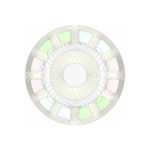
[No. 47] Harmonic poles again — this time produced by the stator!
In Engineer’s Diary No. 46 we discussed the harmonic poles of a 2-pole rotary machine. ‘Harmonic poles’ refers to the space-harmonics of the flux distribution around the air-gap. …
-
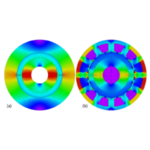
[No. 46] Harmonic poles
The number of poles is perhaps the most basic parameter in the design of an electric machine. When we speak of this parameter, we usually mean the number of working poles. Fig. 1 …
-
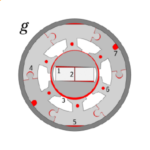
[No. 45] Gaps
Fig. 1 shows a 2-pole IPM (interior permanent-magnet motor) that nobody would want to build. It has so many 'departures from the ideal', yet all of its imperfections can arise in …
-
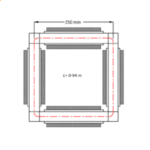
[No. 44] Frequency
The figure shows a sketch of the Epstein square that is used for the measurement of BH data of laminated core-plate in the form of strips arranged in a square with overlapping end…
-
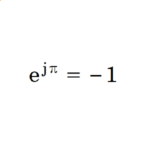
[No. 43] Exponential function and complex numbers in electrical engineering
Euler [1707-1783] is closely associated with this equation which has been described as the most beautiful equation in mathematics. It is sometimes regarded as having mystical sign…

